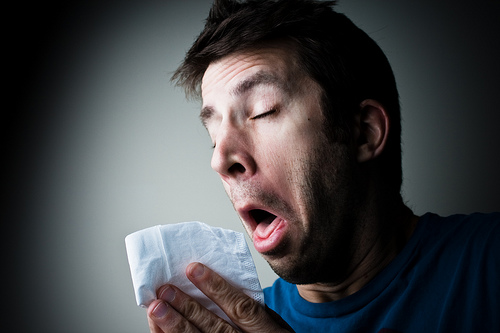Hospitals in Taiwan

Hospitals in Taiwan are known for their cleanliness and excellent healthcare, but the experience itself can be very different to what you may be used to back home. Made all the more difficult with a language barrier to tackle.

1. Get an Appointment
In order to get an appointment, you would either need to ring the hospital or walk right in. Most employees can help with a little English, but it is helpful to look up your own symptoms as well before visiting—also, don’t forget that national healthcare ID!
Start by asking the information desk where you might find help—they will usually take you to a clerk or cashier who will route you to a certain diagnostic doctor within the scope of your problem to further your treatment. They will print out a slip of paper that tells you which floor, waiting room, and waiting room number you need to visit.
2. Find and Check-in to your Doctor
Sometimes, before you visit your diagnostic doctor, they will want to test your height, weight, and heart rate. These are all done outside of the doctor’s office—you can even do them on your own anytime you want with your national healthcare ID! Just put your ID in the machine and test away!
Sometimes it can be a little harrowing finding the right doctor’s office. Always stop and ask for help if you get confused! You will know you’ve reached your destination by checking the electronic/television beside the doctor’s office door.
They keep a running list of the patient numbers who are currently being helped, the patient number who is up next, and the patient numbers in total, (from left to right). If you see a total running list of patient numbers, it should have the patient’s name as well as their check-in status.
If you see a character that looks like a snake, it means you have checked in—good job! However, if you see a character that looks like a Christmas tree, it means you have yet to do so.
Make sure to do this as you could be sitting for a very long time if you do not! Simply knock on the doctor’s door, give the nurse your ID and paper, and she’ll be sure to check you in!
A few things to note, you may show up on time for your appointment but you will notice some people pushing in front of you. Try not to get too upset, the culture here is to allow people that were late for their appointment to go before you. It can be frustrating, but that’s just how it is done here.
Something else that can be a point of contention is privacy. Back home, once you are in the doctors room you are his patient and the attention is all on you. In Taiwan, people will constantly be doing a quick-knock-poke-my-head-in during your time with the doctor. The doctor may not think to draw a curtain, so ask if you want some more privacy.
3. Treatment and Payment
Many doctors in the hospitals will speak very good English, so feel free to talk away about the problem you are facing. They are great with diagnosing and treating all kinds of ailments! Their facilities are very modern and treatment is quick and painless!
If the doctor orders an XRAY or a test, they might send you to get it right away. They will give you another slip of paper to turn in to the cashier and pay for the visit as well as the test before taking the test. Healthcare is very affordable here!
Once you get the test, you must return to your doctor for the results. Sometimes tests may take some time while XRAY scans can be ready fairly quickly. Be sure to check in again—pop your head in the door! The doctor will speak with you about the course of action after reading your results.
4. Surgery and Follow-up Appointments
If need be, your doctor may schedule a surgery. They will give you some paperwork to fill out and, according to the severity, fit you in a tight schedule.
The location of your surgery will be a separate location from the diagnostic doctor but he may be the same doctor performing the surgery. You will pay the day of the surgery—they have different plans for this if the price is rather high. The doctor will talk you through all the instructions before and after your surgery as well as schedule follow-up appointments to ensure proper healing.
Hopefully, you won’t need to visit the hospital in Taiwan, but in case you do know that these facilities are excellent places for your treatment and care!

